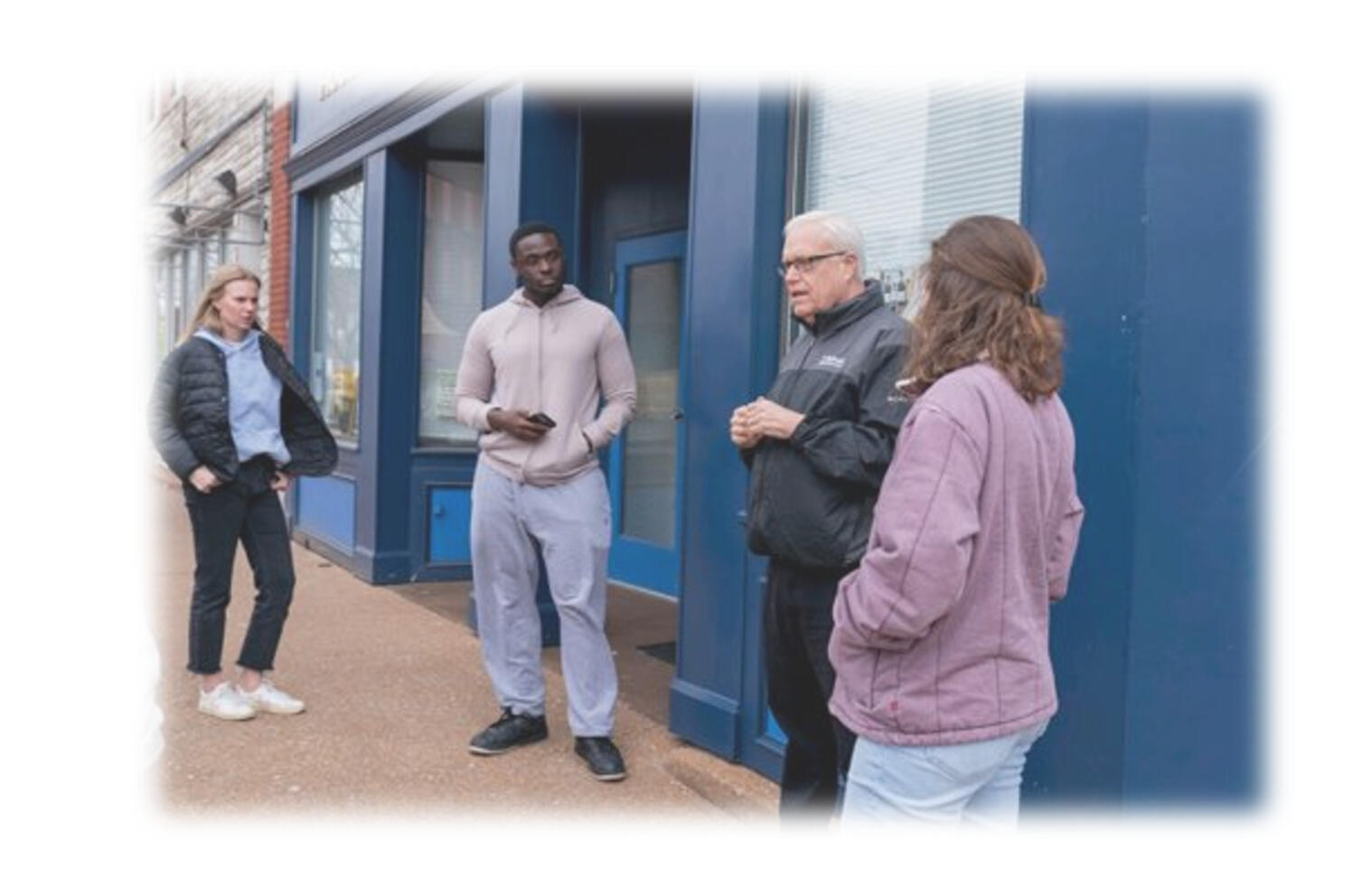Mississippi River Plastic Pollution
A case study of Dutchtown
Protecting and restoring the Mississippi River by tackling plastic waste —
bridging science, engineering, and community leadership to safeguard ecosystems, economies, and river-based livelihoods.
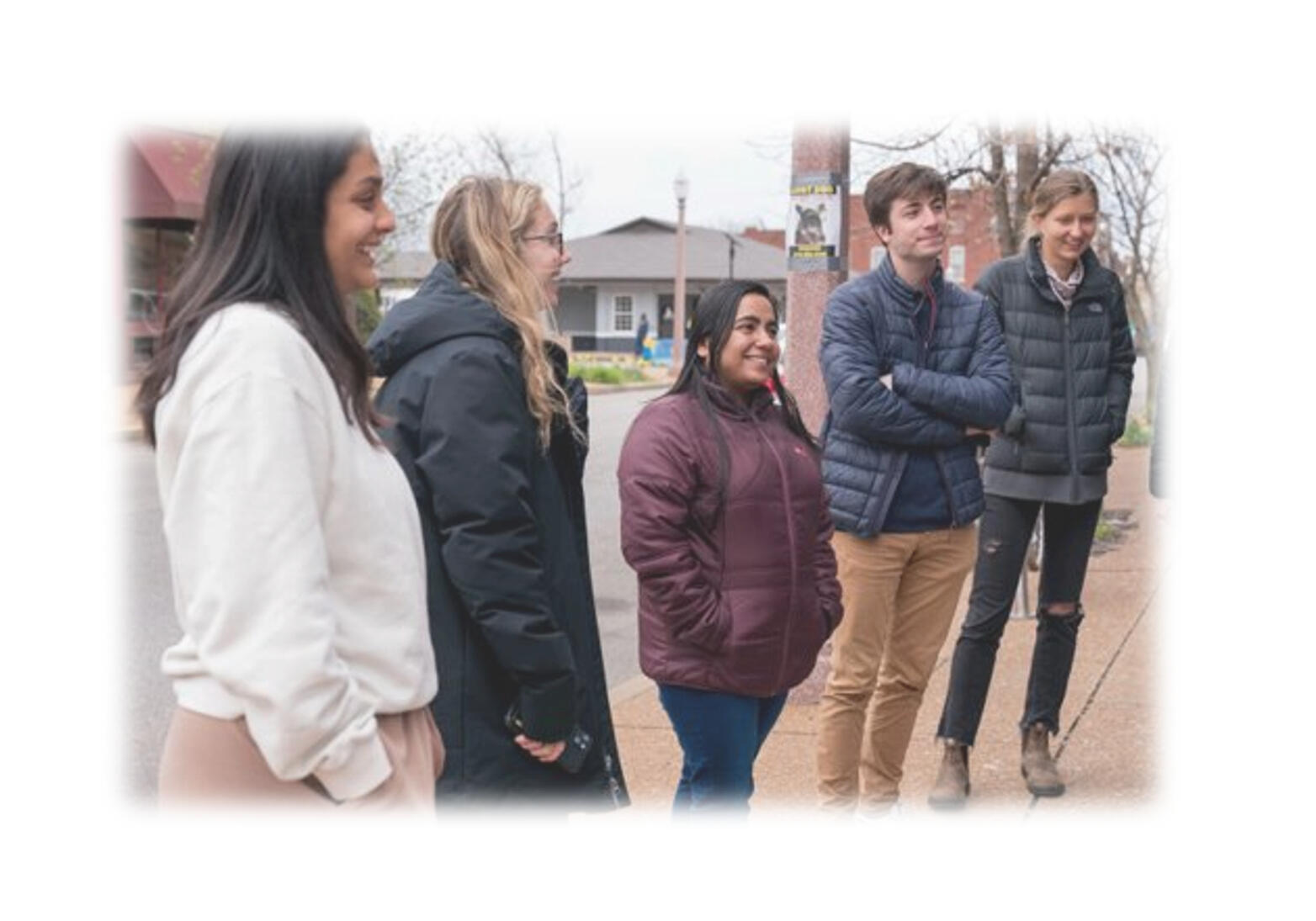
Overview
As part of a multidisciplinary team of 8 students, I contributed to a community-centered research initiative to study plastic pollution along the Mississippi River, with a focus on the Dutchtown neighborhood.
This project was conducted in collaboration with community leaders, local residents, and sustainability organizations, aiming to understand sources of litter and identify actionable solutions.
Objectives
• Identify the primary sources and types of litter in the community.
• Understand barriers preventing residents from picking up litter.
• Propose community-driven solutions to reduce plastic pollution.
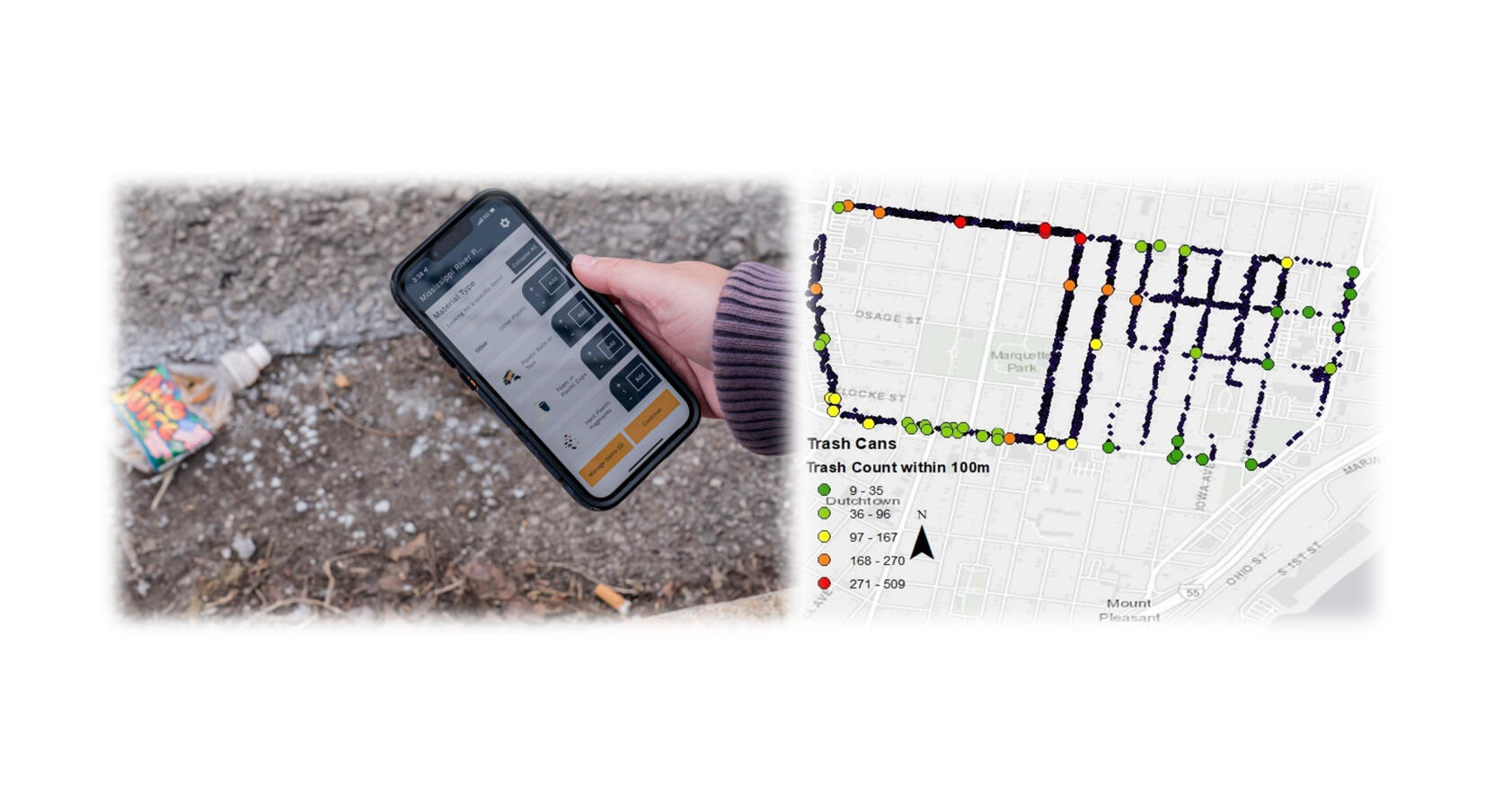
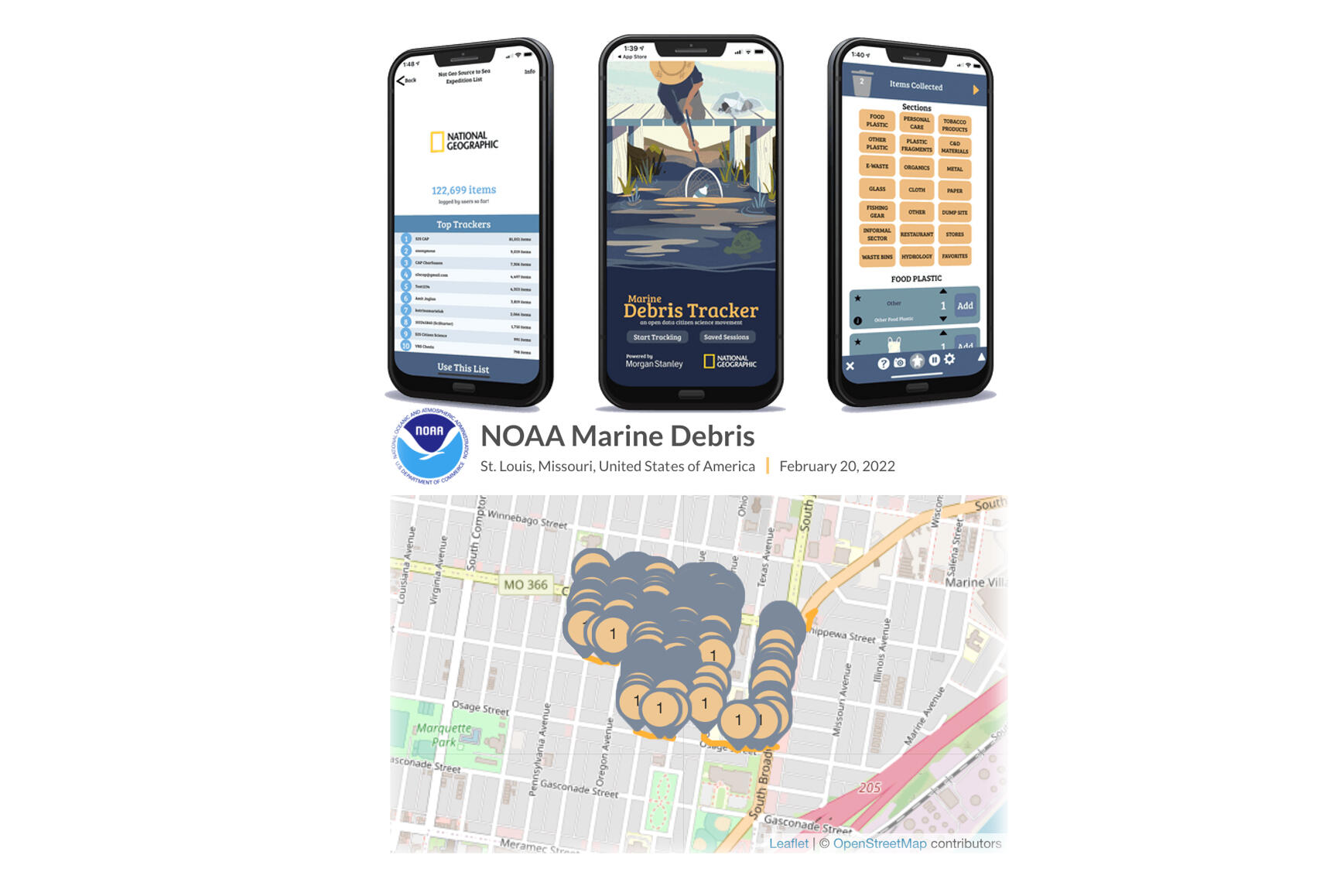
Methodology
We employed a two-pronged data collection approach:
1. Debris Tracker App – For geo-tagged litter logging, mapping, and density analysis.
2. Community Survey – Designed in Google Forms and distributed with the help of local leaders to capture residents’ perceptions and suggestions.
Key Findings
• Litter Distribution: Lower litter density in areas with more trash cans; higher density in medium-use zones lacking proper disposal facilities.
• Survey Insights:
- Average cleanliness rating: 8/10
- Most common litter type: Plastic
- Over 90% of respondents believed individuals were primarily responsible for litter
• Barriers Identified: Lack of convenience in waste disposal, limited trash receptacles, and community engagement gaps.
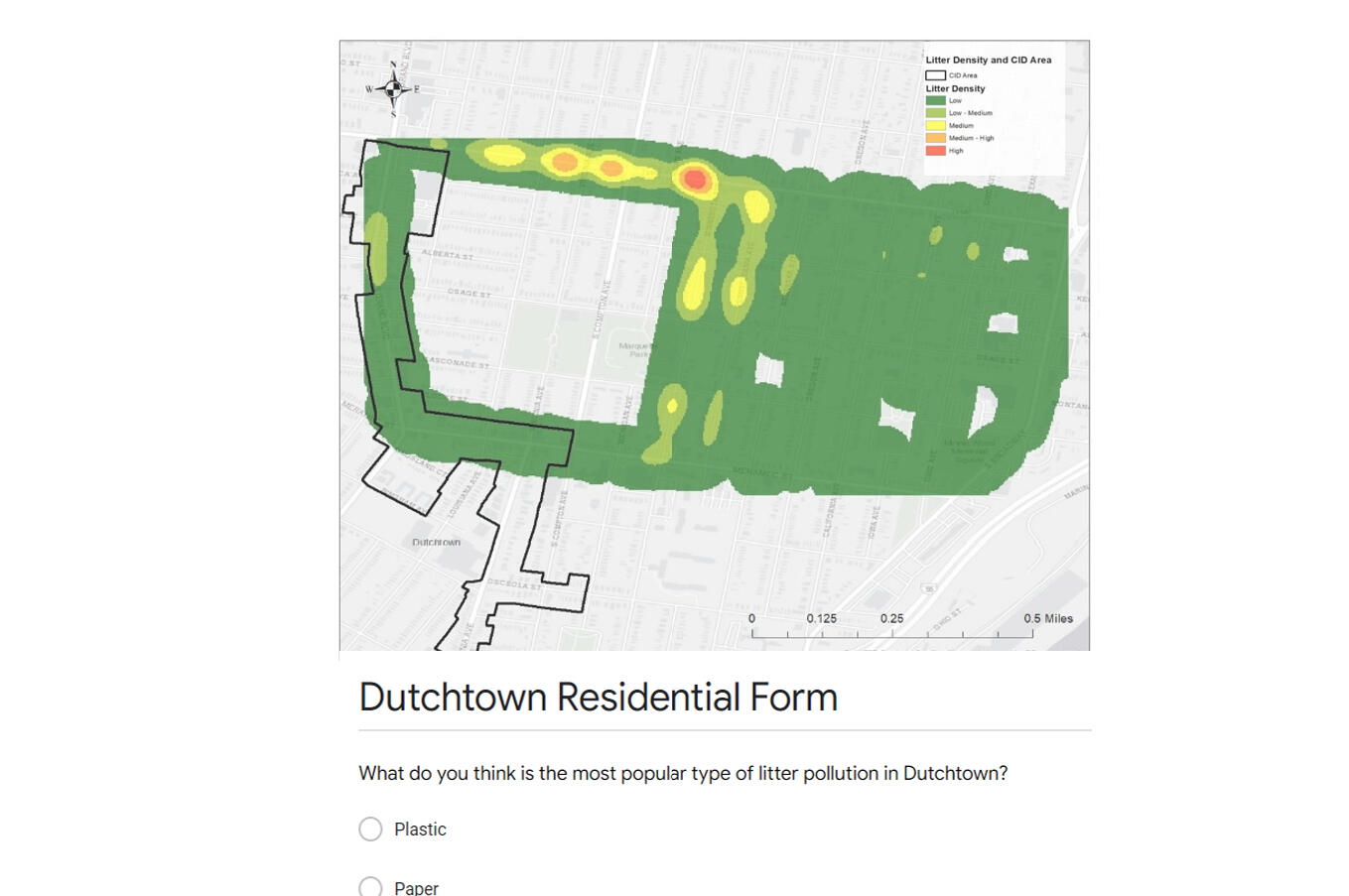
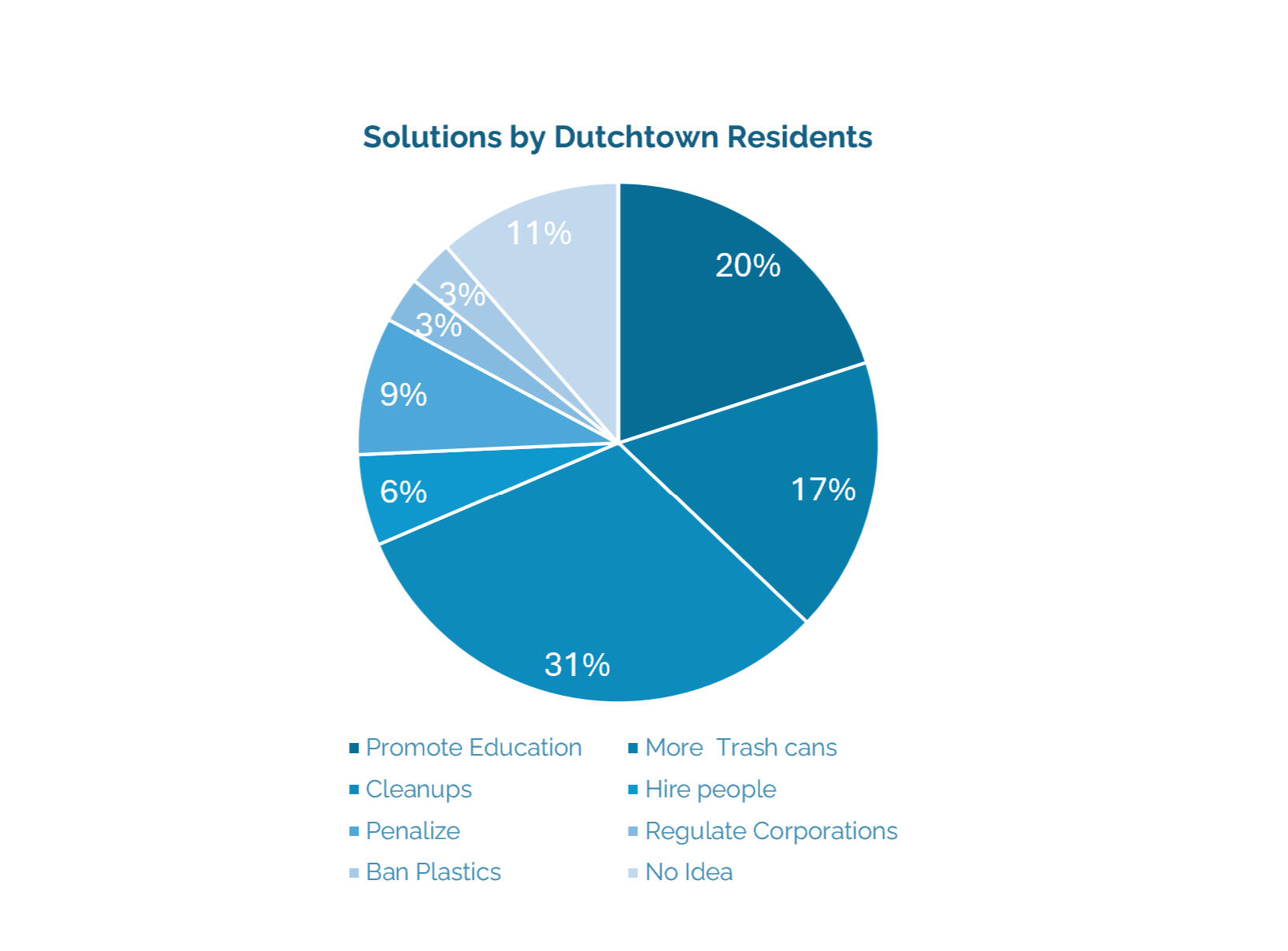
Proposed Solutions
Based on survey responses:
• Increase availability of trash cans in high-traffic areas
• Organize community clean-up drives
• Implement educational outreach on waste reduction
• Explore regulatory measures and better waste management infrastructure
Impact & Reflection
• Identify the primary sources and types of litter in the community.
• Understand barriers preventing residents from picking up litter.
• Propose community-driven solutions to reduce plastic pollution.
